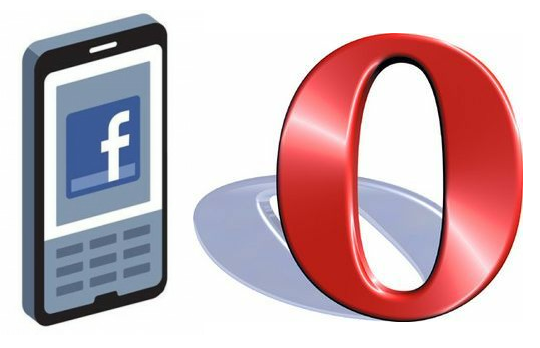
It’s no secret that mobile devices are beginning to play a larger role in the way people surf the Web and communicate. But this past year, however, has shown a record-breaking increase in mobile Web browser usage, at least for Opera Software.
According to the Norway-based Web browser company, usage via mobile phones has shown the largest recorded increase in the number of users month over month since 2006. In fact, during December alone Opera mobile users climbed to 229 million. This number accounts for a mix of Opera Mini and Opera Mobile users, which are two different variants of Opera Web browsers made primarily for mobile use.
Overall, this jump represents an increase of more than 13 million users from November 2012, Opera revealed in a State of the Mobile Web report published on Thursday. The study also examined the history of the Opera Mini user base to understand how its network has grown, finding that the Asia Pacific region was one of the areas to adopt the browser early on. Other parts of the world, such as Europe, the Americas, the Middle East, and Africa, caught on later.
Since the Norwegian developer launched its services back in the 1990s, it has struggled in the shadow of larger household names such as Microsoft Internet Explorer, Mozilla Firefox and in more recent years Google Chrome. However, today’s report proves two things: Opera is a significant force to be reckoned with in the mobile space, and secondary browsers can gain prominence on smartphones.
This is largely due to the rise of Internet activity on mobile devices in general. A survey from the Pew Internet Project that was published in June further fuels this notion, reporting that more than half of adult cell phone users now use their mobile devices to go online. This is a drastic change from just five years ago, when smartphones were typically used as just phones.
As smartphones begin to replace laptops and desktops in fulfilling Internet needs, it’s not surprising that a secondary browser would see significant mobile growth. Web browser brands are even beginning to announce their own self-branded mobile operating systems. Just this week Mozilla unveiled its Firefox OS and earlier this month Ubuntu showcased its very own mobile software as well.
